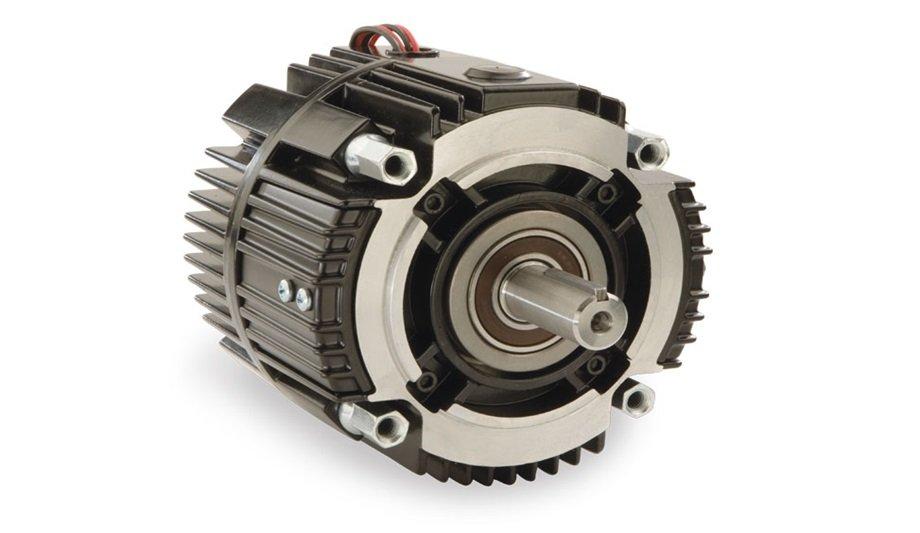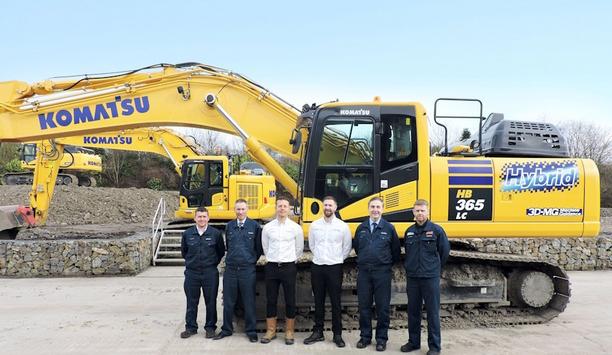Chemicals, salt water, food particles, heat, dust, and electrical corrosion are just a few of the many issues that can cause clutches and brakes to fail prematurely. Nobody wants to have the conversation about lost production time, growing cost concerns, or system disruptions after a failure has occurred.
The strength of these components is in the information collected over years of service in hazardous environments and applying this knowledge to future clutch/brake technologies.
Think About the Future
Customers should consider exposure of the friction facings to damaging contamination
Mechanical engineers have spent careers planning for system failures. They tweak, upgrade, refurbish, and redesign mechanical systems until they get it just right for the environment in question, and then something else fails (too much exposure to heat or contamination, for example).
Perhaps it’s simply a liquid getting in the wrong place. When planning to run mechanical systems in these environments, start with the basics. As a starting point, customers should consider exposure of the friction facings to damaging contamination.
friction face damage
“Damage at the friction faces can disable a unit immediately,” said Greg Cober, Training Manager at Altra Industrial Motion.
He adds, “Other issues to be concerned with are exposure of electrical connections to liquids or exposure of bearings to high-pressure washdown. If customers can keep friction faces clean and dry that will help them to achieve design life. Sometimes a simple shroud is sufficient, but in other cases use of an enclosed design is appropriate.”
Clutch/Brake Considerations
Cober believes three factors to consider when installing these components in harsh environments are:
- Exposure to lubricants that might damage the coefficient of friction at the friction faces,
- Exposure of friction faces to abrasive contaminants, and
- Exposure to chemicals or liquids that might affect electrical connections.
Operating Challenges
Improper installation is a major operating challenge that can alter the performance of a clutch
The operating challenges in these environments greatly depend upon the application itself. Just like bearings or gears, improper installation is a major operating challenge that can alter the performance of a clutch and/or brake.
“Improper installation is one of the major challenges that result in poor clutch/brake performance. To address this, Warner Electric has created short, straightforward videos that can enable new installers to take proper installation steps to achieve the best results,” stated Greg Cober.
three specific areas
Cober discussed three specific areas that might be considered harsh for clutches and brakes. Areas where units are exposed to lubricants either as a mist or as the result of spatter from roller chain or leaks from damaged gearbox seals.
Metal bending, forming, or die-cutting processes often require lubricants to facilitate their processes. Many conveyors use roller chain drives connected to clutch/brakes and chain lubricant can migrate from the chain onto the friction faces of clutch/brakes.
high levels of ambient contamination
A second would be environments with high levels of ambient contamination such as grit or dust
A second would be environments with high levels of ambient contamination such as grit or dust that might be found in a foundry or mine, according to Cober.
This contamination might serve to increase wear rates on clutch/brakes in foundries and mills that are used primarily in conveying processes.
high moisture
Greg Cober said, “Lastly, high moisture can damage friction faces or create corrosion at electrical connections. High moisture levels are not uncommon in food processing facilities where washdowns are a routine part of their process. Industrial product cleaning and degreasing can also negatively impact clutch/brakes used on conveyor drives.”
Future Tech
Greg Cober continues, “There has also been some migration from roller chain to synchronous belt drives in recent years. Since this eliminates a source of contamination by lubricants (chain needs to be lubricated, belts do not) it eliminates a source of failure.”
He concludes, “In mobile applications, there has been a trend of OEMs requesting that Warner Electric create and deliver completely assembled product solutions, whereas in the past the OEMs did much of the assembly integration.”
The more control users have over the system, the more knowledge they have of how the components will operate under different environmental conditions.






